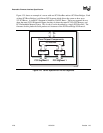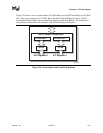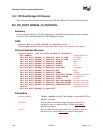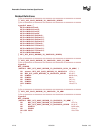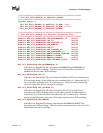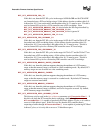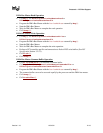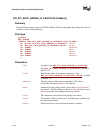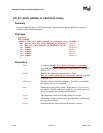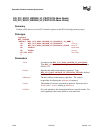
Extensible Firmware Interface Specification
12-14 12/01/02 Version 1.10
Description
The EFI_PCI_ROOT_BRIDGE_IO_PROTOCOL provides the basic Memory, I/O, PCI
configuration, and DMA interfaces that are used to abstract accesses to PCI controllers. There is
one EFI_PCI_ROOT_BRIDGE_IO_PROTOCOL instance for each PCI root bridge in a system.
Embedded systems, desktops, and workstations will typically only have one PCI root bridge. High-
end servers may have multiple PCI root bridges. A device driver that wishes to manage a PCI bus
in a system will have to retrieve the EFI_PCI_ROOT_BRIDGE_IO_PROTOCOL instance that is
associated with the PCI bus to be managed. A device handle for a PCI Root Bridge will minimally
contain an EFI_DEVICE_PATH
instance and an EFI_PCI_ROOT_BRIDGE_IO_PROTOCOL
instance. The PCI bus driver can look at the EFI_DEVICE_PATH instances to determine which
EFI_PCI_ROOT_BRIDGE_IO_PROTOCOL instance to use.
Bus mastering PCI controllers can use the DMA services for DMA operations. There are three
basic types of bus mastering DMA that is supported by this protocol. These are DMA reads by a
bus master, DMA writes by a bus master, and common buffer DMA. The DMA read and write
operations may need to be broken into smaller chunks. The caller of Map() must pay attention to
the number of bytes that were mapped, and if required, loop until the entire buffer has been
transferred. The following is a list of the different bus mastering DMA operations that are
supported, and the sequence of EFI_PCI_ROOT_BRIDGE_IO_PROTOCOL APIs that are used
for each DMA operation type. See “Related Definitions” above for the definition of the different
DMA operation types.



